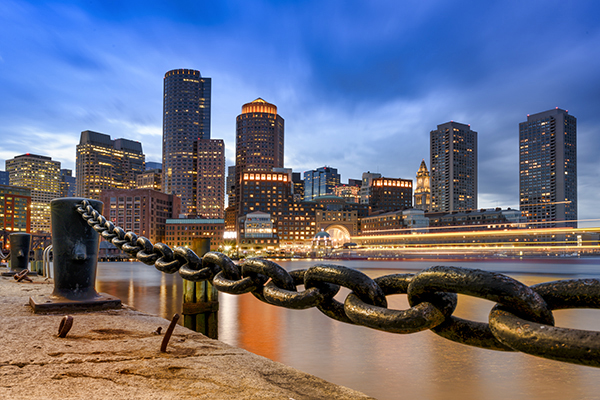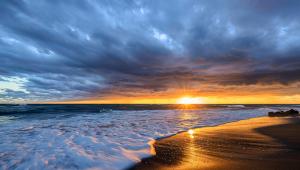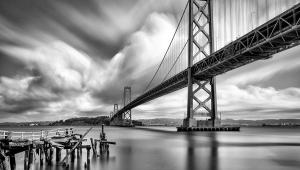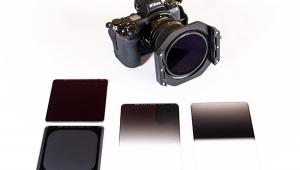I wholeheartedly agree with your assessment that at the end of the day the weight matter (which reduces the five reasons to four). But there are no attributes - that would make Z7 technologically higher than D850. As a matter of fact, the consensus of reviews puts D850 ahead of Z7.
That being said I am sure that the next generation of mirrorless cameras will better DSLR's and I appreciate people like you who want to be ahead and share their experiences.

























































